On our last day in Singapore I decided to see if any of the old Singapore still remained. We had been surrounded by progress and new buildings. There seemed to be a head-long rush for modernisation. I felt something of old Singapore had to be still there.
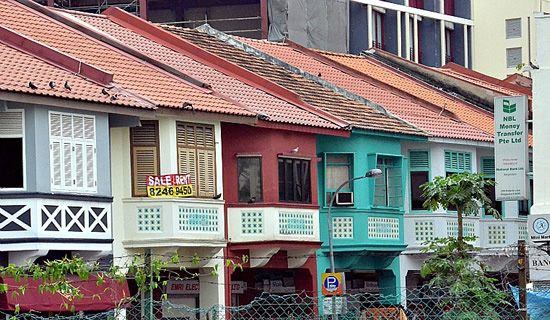
We went down to Little India starting in Serangoon Road. We finally found a place that had escaped from the developers and shopping mall mentality. The shophouses have paint peeling off them along the covered walkways. Rather than Gucci and Prado there is the Mustafa Centre. At Mustafa's you can get a bewildering array of products from India. Silks, curries, watches and gold. It is a great place for cheap fabrics and fabulously sequined saris.
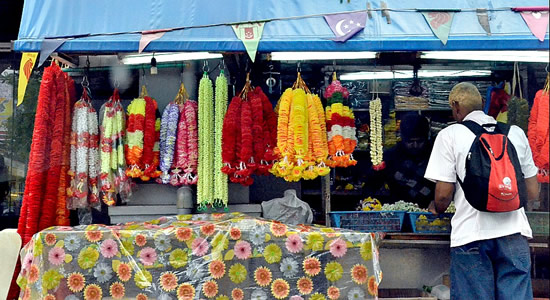
The shophouses are family-owned, and side-by-side, you can get your tyres repaired, buy a cheap watch, get your hair styled, grab a quick bite to eat or buy jewellery for a wedding.
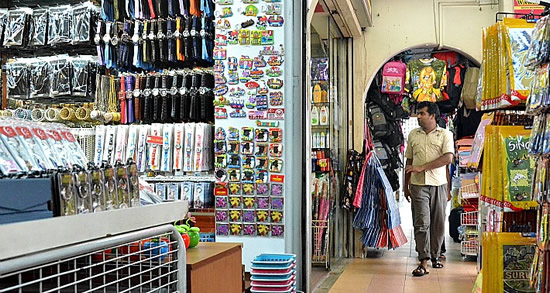
In the fashion shops the models reflect the buyers, unlike everywhere else in Singapore.
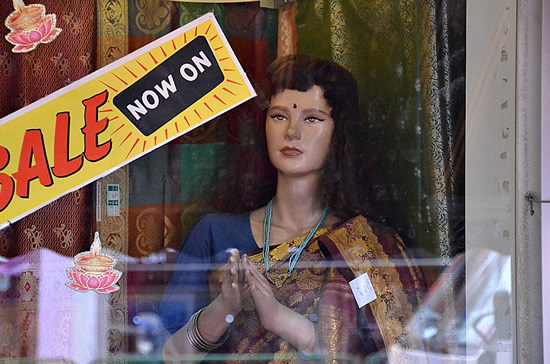

Little India has escaped gentrification but could do with a bit of tender loving care.
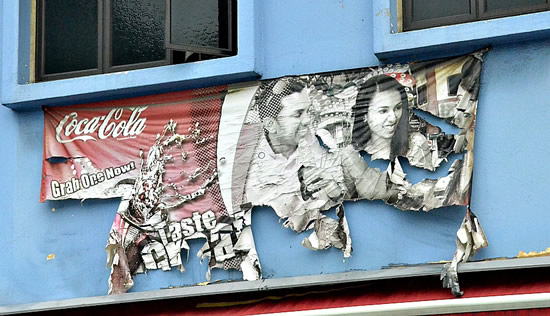
We visited the Sri Veeramakaliamman Temple along Serangoon Road. It was built in the mid-19th century by the Indian labourers who had been brought in to tend to the cattle that were bred in the area and later to work in open brick kilns and lime pits that were needed to build Singapore. The current temple was built in 1983 by specialists brought in from Southern India and bears a great similarity to the temples in Tamil Nadu.
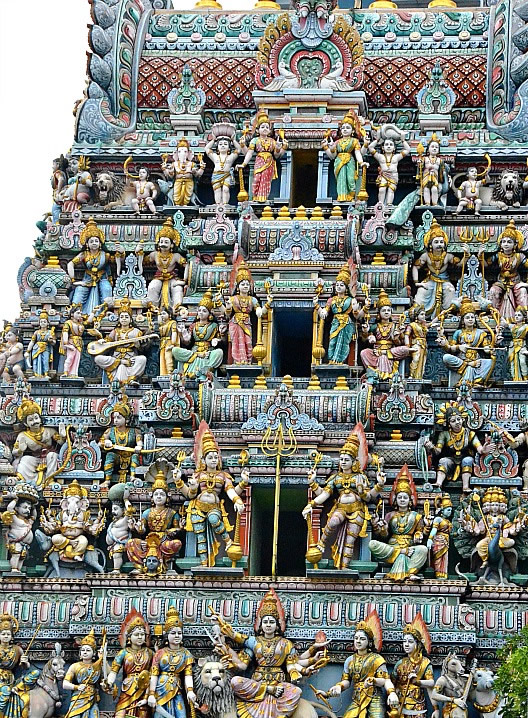
We wandered through the back streets and across to the Arab Quarter.
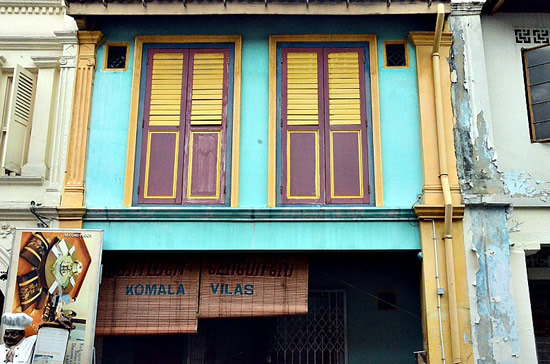
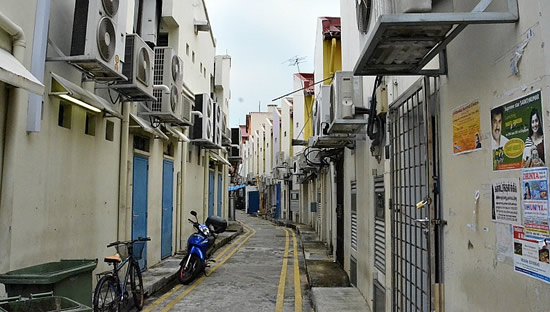
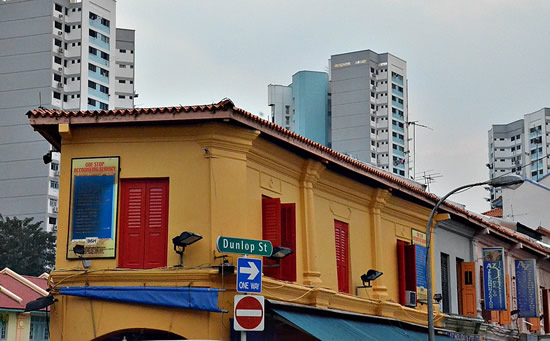
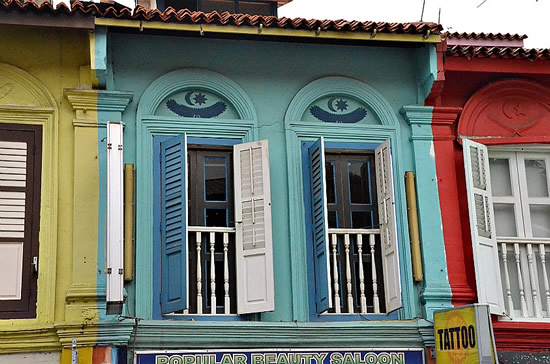
The backstreets have attracted a lot of cheap back-packers accommodation. And that has attracted plenty of cheap and cheerful eateries and bars. The place must be buzzing at night.

We came to the Abdul Gafoor Mosque. It was built with a charming mixture of Islamic and European architecture. The mosque stands facing a row of shophouses that are used for Qur'an classes and other subjects, as well as for communal activities.

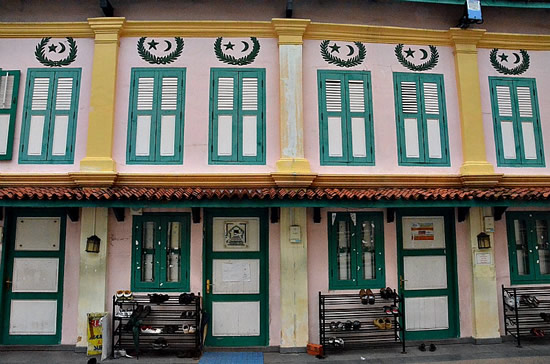
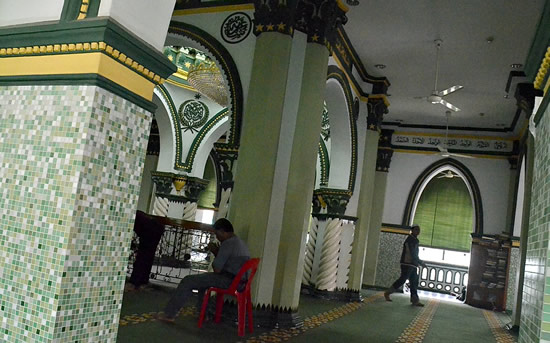
We came upon a very sad street market where locals were selling their household goods. Away from Orchard Road there is a very poor underclass that are struggling for their existence.
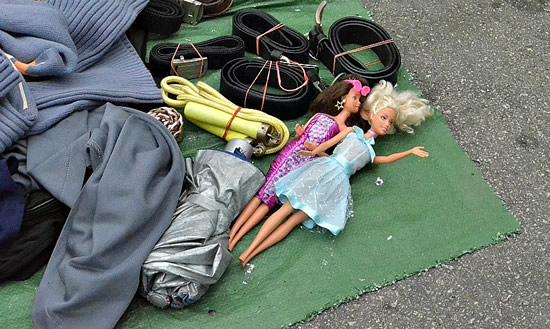
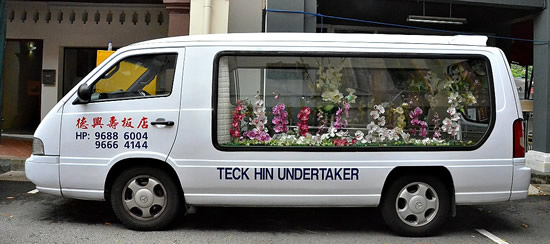
At the entrance to the Arab Quarter we found the Sultan Mosque. The original mosque was partially built by the East India Company in 1824. It is the most important mosque in Singapore and is used by the local Communities of Tamils, Malays, Arabs, Javanese and Indians.

We found the small streets around the mosque are slowly being taken over by local, quirky, fashion designers and trendy little cafes and restaurants. They have come here as the high rents in Singapore have pushed them out of main stream areas. I wish we had come over here earlier in our trip and not on the last day.
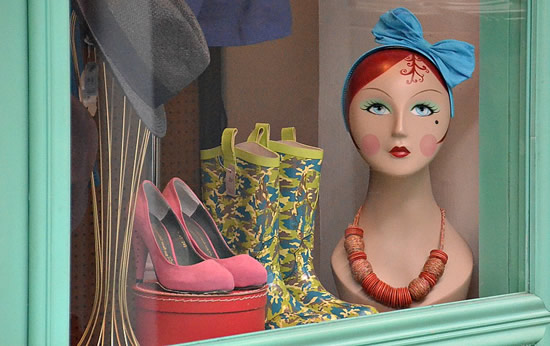
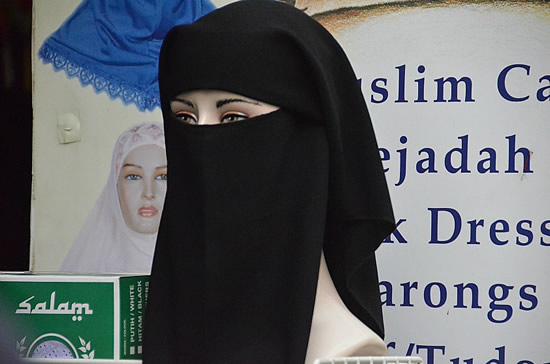

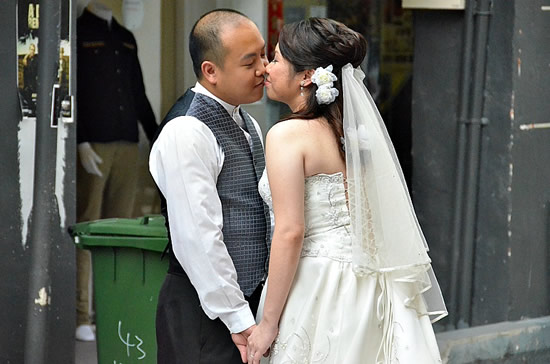
This was the only area in Singapore that I saw street art and graffiti. It is by far the most interesting and vibrant part of Singapore that we visited on this trip.
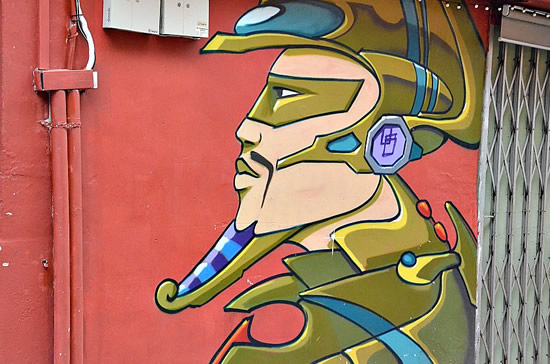

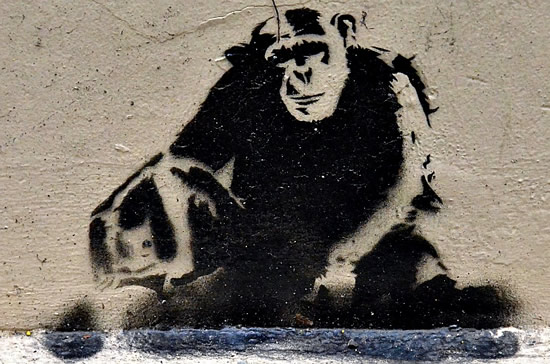
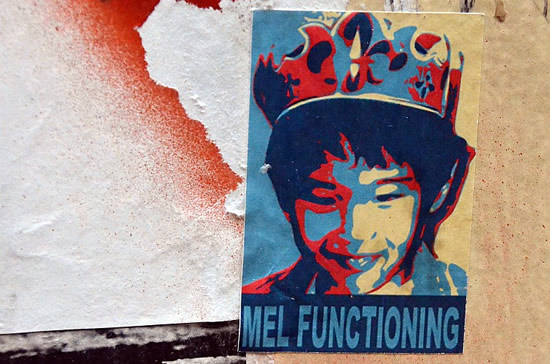
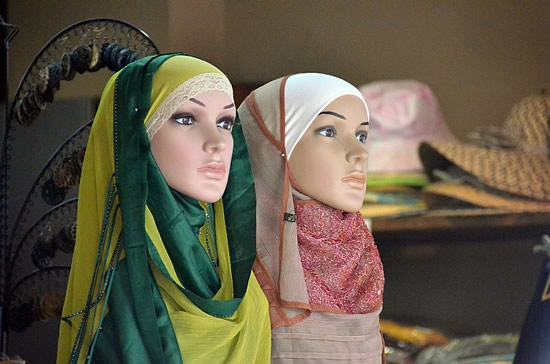
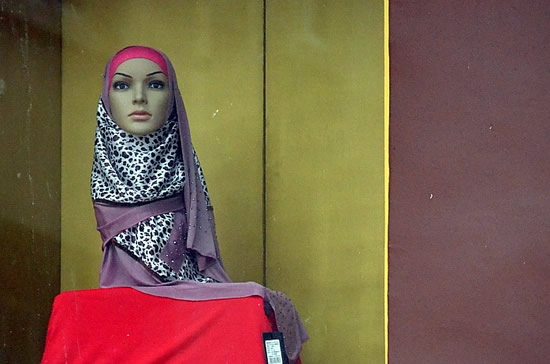
We said good bye to Singapore after a really interesting week of revisiting old places and discovering the new. Of being amazed and slightly saddened by the rapid changes and the non-stop redevelopment. Of mourning the loss of neighbourhoods, but pleased that some of the original Singapore remains. Of being delighted by such developments as the Red Dot Museum and appalled at the bland sameness of the shopping precincts. It will be interesting to see where Singapore goes from here.
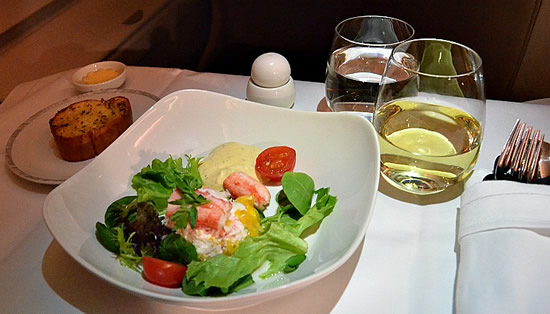
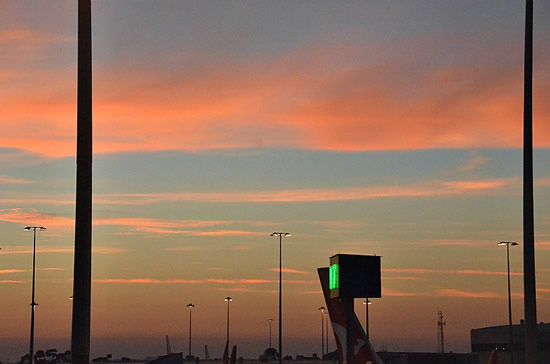
And now for home to plan the next adventure.